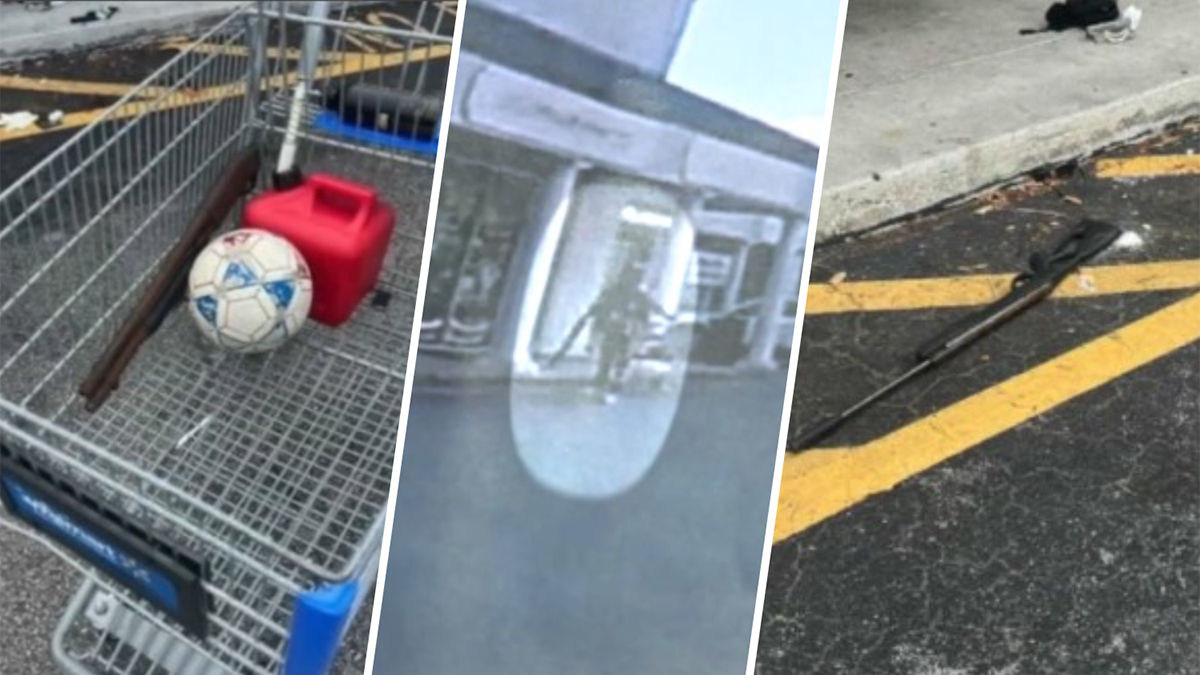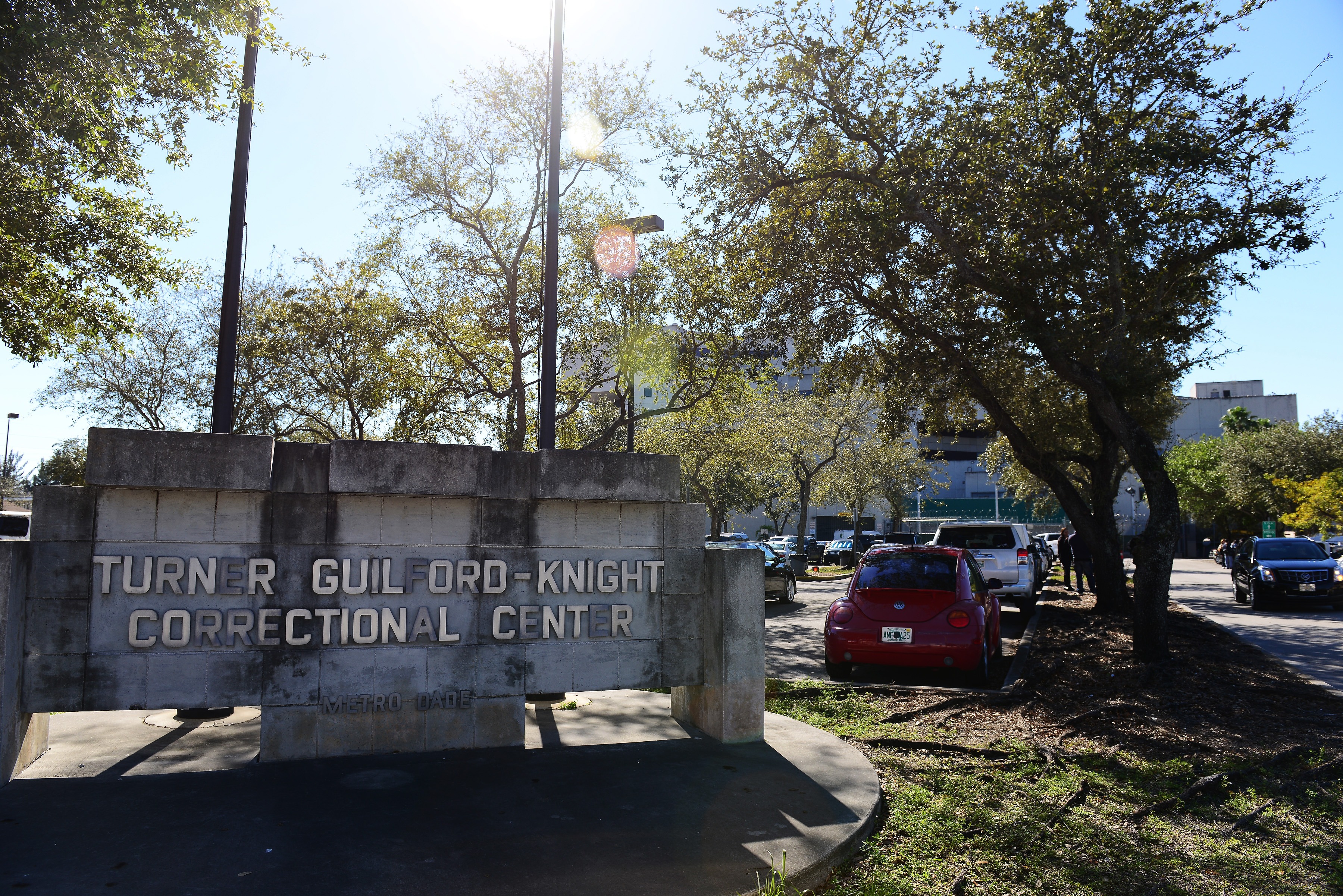90 percent of the mangroves in Florida are located in South Florida, ranging from the Everglades to the Florida Keys. Much like the Amazon Rainforest, the Florida mangroves absorb tons of carbon each year, filtering our waters and helping cool the planet.
But during Hurricane Irma, NASA scientists estimate that almost half of our mangroves, nearly 200 square miles worth, were damaged or destroyed. One local teenager is trying to fix that.
“I was helping clean up at a parking lot where I used to work and mixed into all the debris I saw the mangrove seedlings. I estimated about 10,000 mangroves in that parking lot alone and I took about 524 of them home,” said Theo Quenee, an 18-year-old who studied marine science in high school.
After watching a few videos on YouTube, he turned his rooftop into a greenhouse.
“I took empty yogurt containers and basically just started growing them on my roof where most of the sunlight was,” said Quenee.
During natural events like hurricanes, mangroves are more than just a habitat for fish. They also serve as a first line of defense against things like coastal erosion, storm surge and strong winds.
“They just keep everything in place where it needs to be. Without mangroves, half of the houses that are located on the water wouldn’t be there,” said Quenee.
Local
After seven months of watering and sunlight, half of the seedlings that survived were ready for a new home.
“Matheson Hammock is a place I’ve been coming to for a couple of years now for kitesurfing, water sports and paddle boarding,” said Quenee. “I picked that location because it’s dear to me.”
Quenee went on to say that he knew there was a sandbar in the area with existing mangroves. He planted the seeds there because the existing nutrients would help it grow.
“There’s seagrass, there’s mangrove seedlings, there’s tons of wildlife out there, so I thought it would be a great idea. Plus, since it’s shallower, the water gets a little bit warmer which gives an advantage to the mangroves,” said Quenee.
Quenee mapped out a grid to plant the mangroves and spent seven hours planting seedlings attached to 180 PVC pipes.
“It’s important to take the idea to replant and take the initiative to keep the shoreline the way it is,” said Quenee. “In the Keys, for example, the road is so close to the water, that as soon as any of the mangroves are gone, the road will be gone too.”



